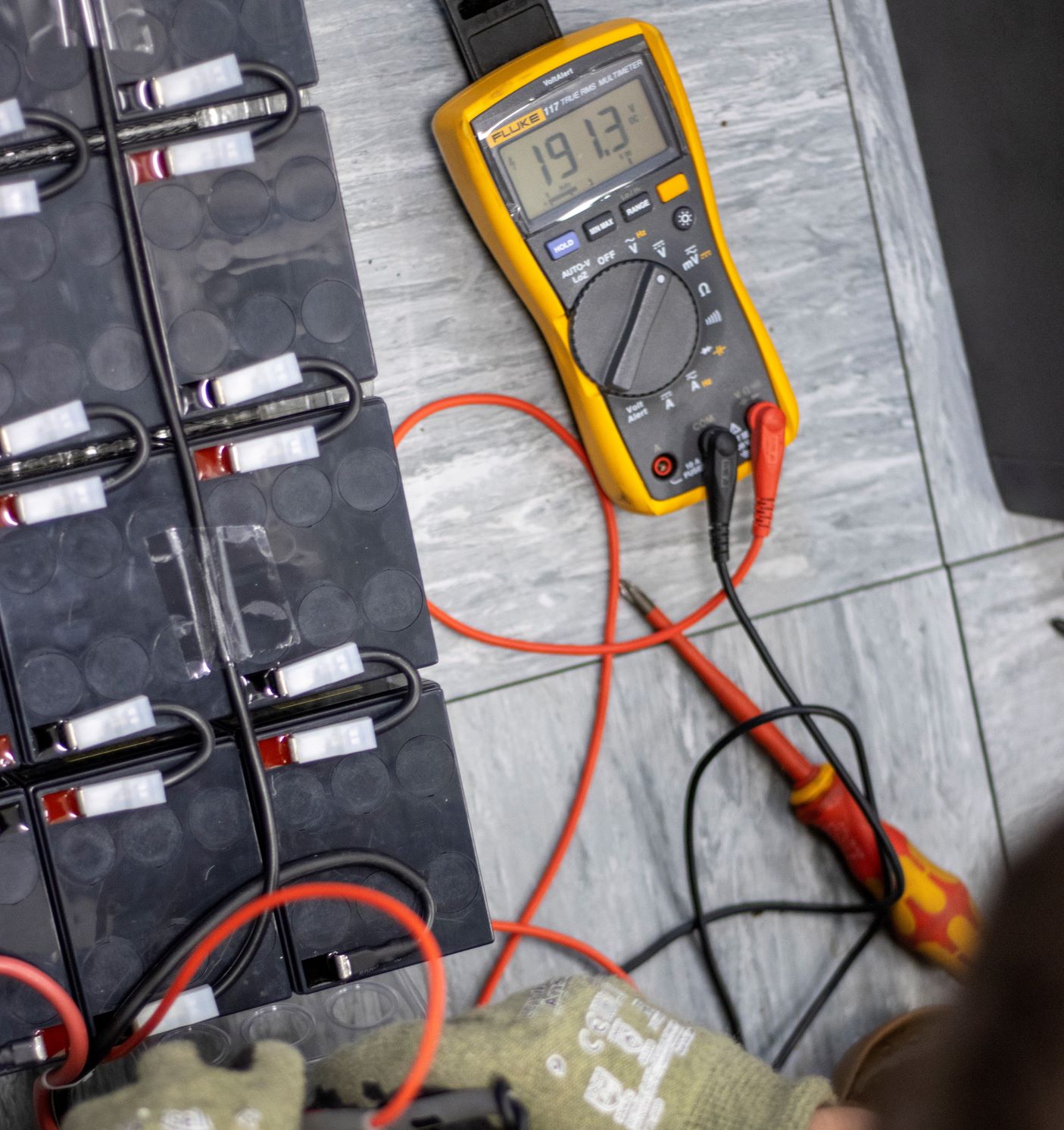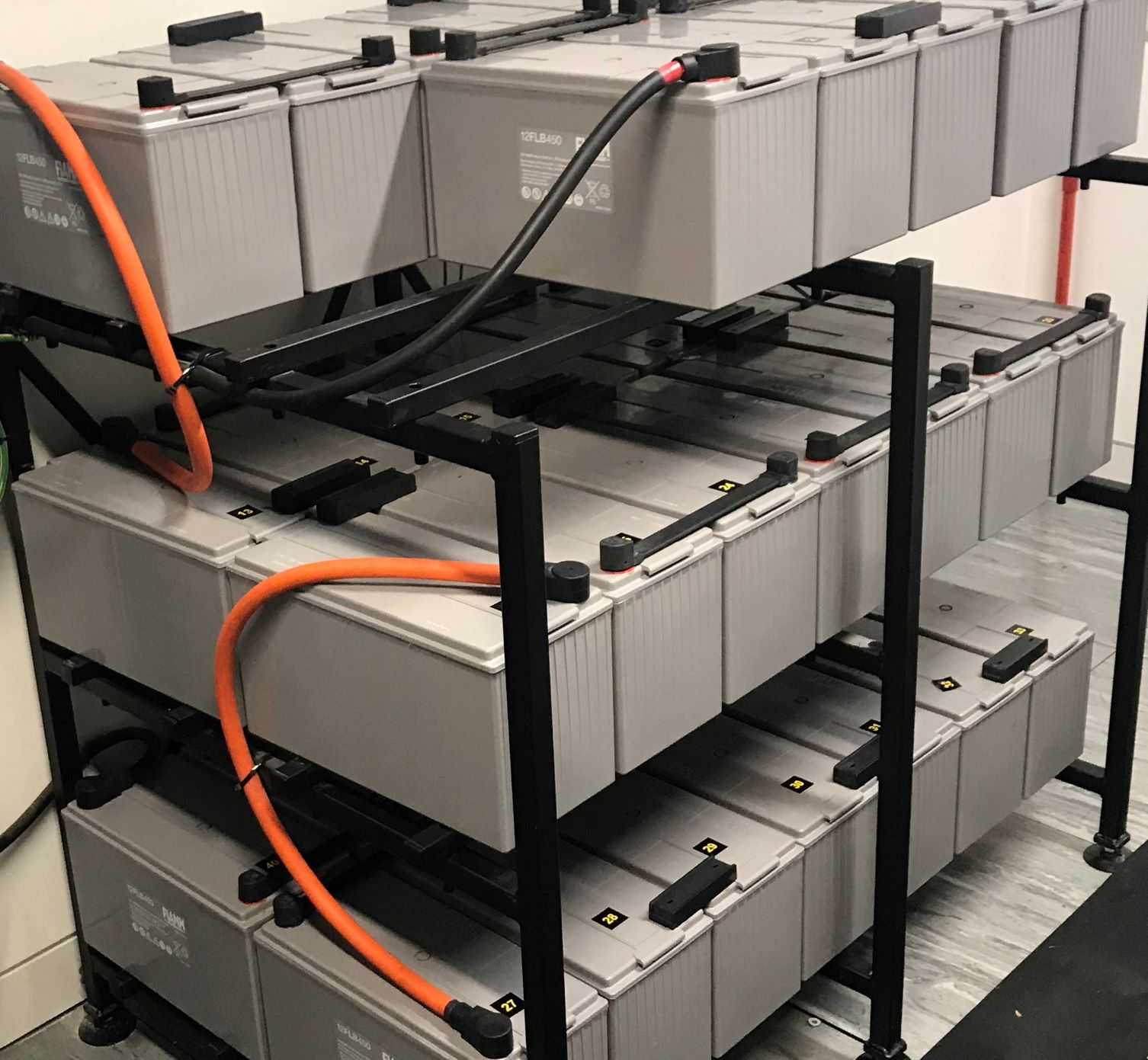Do You Really Want To Play Russian Roulette?
It is without doubt that many businesses are still dealing with the financial challenges posed by the coronavirus pandemic. Add the more recent escalating costs of, well let’s face it, pretty much everything and it is easy to see why more and more companies are finding the task of balancing budgets increasingly difficult.
Funds for non-essential spending are being cut as business owners strive to find new ways of improving bottom line figures. The lines between what are considered ‘essential’ and ‘non-essential’ are also, in some instances, becoming blurred – with ‘non-essential’ cutbacks migrating into the areas of ‘essential’ spending. Whilst the short-term financial gains may prove beneficial the longer-term impact of these decisions can have completely the opposite effect.


In recent weeks, Secure Power has observed a gradual rise in the number of UPS battery failures across a range of industries and sectors. The link to budget cuts is apparent. In the majority of cases seen, routine battery maintenance had been skipped in an effort to trim costs, resulting in the battery system declining into a poor state.
For a UPS, battery failure is a serious problem – one that will ultimately lead to a complete collapse of the backup power supply when it is needed the most. Regular, preventative servicing and battery maintenance ensures the equipment continues to operate as it should. As the batteries themselves represent a significant share of the total cost of the UPS, cutting corners and ignoring the need for their maintenance makes little financial sense.
Used to support a vast range of electrical applications, including IT, emergency lighting, telecoms, EPOS and medical equipment the UPS system provides the essential support that sustains critical infrastructure and ensures business continuity.
Battery Design Life and Service Life
Both lithium-ion and VRLA UPS batteries have a designated design life. For example, assuming perfect conditions, a battery with a 10 year design life will last for 10 years however its performance will significantly reduce over time to a degree where it is no longer safe for use within a UPS system.
Due to the complexity of their make-up each battery cell and string will behave slightly differently and have a unique rate of deterioration. This is influenced by a variety of external factors such as operational temperatures, storage temperatures, humidity, discharge levels and also the number of times they are called into action. Each factor will affect the state of the battery therefore actual battery service life will be lower than the designated design life.
International guidelines state that a battery is considered at the end of its service life when its capacity falls below 80% of its design life. This figure takes into account all of the external factors listed above that can reduce battery life, allowing a safe margin for potential failure that will not compromise the protected load. As the battery becomes closer to the end of its working life, failure rates can increase significantly, accounting for 98% of all UPS failures at this stage.
Recommendations for Battery Monitoring
Whether VRLA or lithium-ion in composition, it is recommended that the health and condition of UPS batteries is monitored every 6 – 12 months. This will detect any issues early and allow for swift replacement of faulty batteries where required.
It should be noted that none of the below tests stand in isolation and should be performed in conjunction with all others.
These should cover inspection of the terminals and connections for signs of corrosion whilst also checking batteries for signs of cracking, leakage or swelling. Where required, batteries should also be cleaned and any debris removed.
A non-intrusive way of preventing battery failure by identifying any early signs of weakness or general deterioration in individual cells. This helps to predict when the battery will need to be exchanged, allowing for scheduled replacement to be carried out.
Load bank testing measures and validates the operational performance and battery health by applying a dummy load to the UPS, replicating the type of situation where a UPS might be called into action. This enables engineers to identify which cells are holding their charge and which might be approaching the end of their working life. Whilst load bank testing is a viable way to prove the capabilities of the battery set, it will result in aging the blocks therefore a full autonomy test on load should be considered.
In addition, whilst many UPS will test their batteries daily and trigger an alarm if any faults are found, this will only test the battery set and monitor the discharge, providing a generalised view of the battery set. It does not test the individual cells.
If required, a Site Acceptance Test (SAT) may prove useful to prove that not only do the batteries do what they should do, but also that they do it under site specific conditions.
Battery Monitoring Systems
Dedicated battery monitoring systems can offer more sophisticated services and advanced support, including: string and cell float voltages, string and cell charge/discharge voltages, AC ripple voltage, AC ripple current, string charge current, string discharge current, ambient and cell temperatures, cell internal resistance and cycles. Whilst the system offers superior performance capabilities, impedance and load bank testing should still be conducted.
The battery system in a UPS unit can consist of a single battery or, in most cases, multiple ones. Accurately measuring their condition and predicting failure rates is not the easiest of jobs due to the significant amount of variables that can affect their condition and deterioration rates.
The act of cutting costs therefore in terms of battery maintenance, is basically a game of Russian roulette. It ultimately gambles with the UPS’s performance to the point where it will eventually and inevitably fail. The resulting downtime, potential loss of revenue and damage to critical infrastructure will undoubtedly cost a lot more in the long-term than the cost of that service call.
Secure Power offers a comprehensive range of UPS battery services, which are all delivered by our in-house team of specialist battery engineers. Working nationwide, 365 days a year, we carry out all types of battery works from routine preventative battery maintenance and impedance testing to battery replacements and recycling. For further information or to speak to one of our advisors please call 0800 080 3118 or email [email protected].














